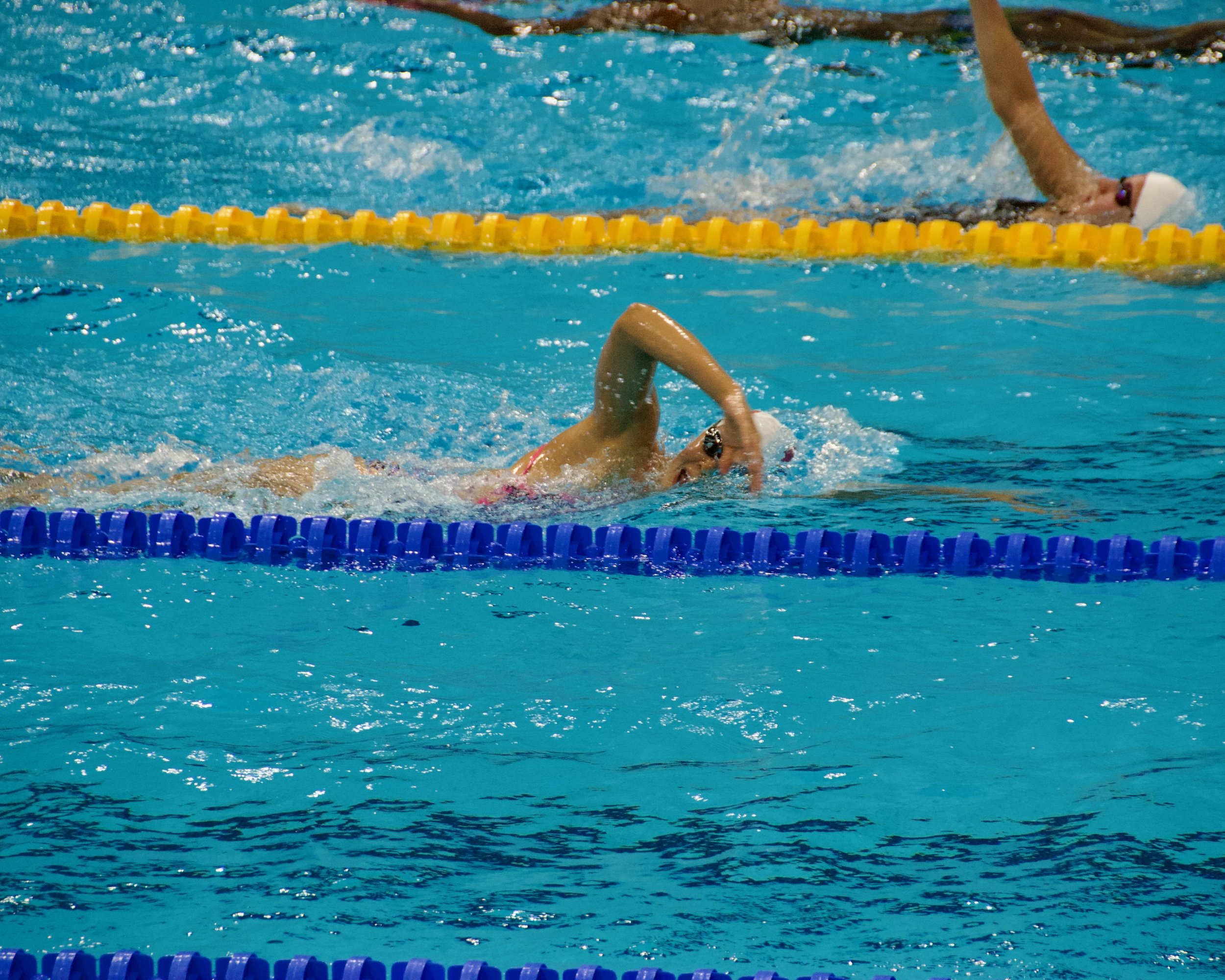Using Exercise to Enter a Flow State
Experiencing “flow”—a state of deep focus, calm, and optimal performance—feels like unlocking a higher level of existence. Athletes, artists, and professionals describe flow as being “in the zone,” where time slows, actions feel effortless, and the mind is fully absorbed in the task at hand. Regular movement, particularly activities that challenge but don’t overwhelm, can help us access this ideal performance state and improve both our mental and physical well-being.
Understanding Flow and the Ideal Performance State
Flow was first identified by psychologist Mihaly Csikszentmihalyi, who defined it as a highly focused state conducive to peak performance. It occurs when our skills are balanced with the challenge at hand, a combination that creates an ideal performance state (IPS). According to the Yerkes-Dodson Law, performance peaks when arousal is moderate—not too low (resulting in boredom) and not too high (resulting in anxiety).
In this state, we lose our sense of self-consciousness, gain an intrinsic reward from the activity, and feel a profound sense of control and mastery. This IPS enables creativity, productivity, and a sense of timelessness. Reaching this zone may seem like magic, but research shows that we can deliberately create the conditions for flow, particularly through movement.
How Movement Facilitates Flow
Exercise is one of the most effective ways to enter flow, and it’s no coincidence that elite athletes often experience this state. Movement brings us into the present moment, reduces stress, and enables us to reach the ideal level of arousal needed for flow. For example, rhythmic activities like running, cycling, or swimming synchronize the body and mind, allowing distractions to fade as the brain enters a focused, relaxed state.
During physical activity, the brain releases endorphins and dopamine, chemicals that boost mood and concentration. Regular exercise also enhances mitochondrial efficiency and cardiovascular health, which improve overall energy and mental clarity, both prerequisites for flow. Additionally, movement helps us tap into the "challenge-skills balance," which Csikszentmihalyi identified as the “golden rule” of flow. By choosing activities that push our limits without overwhelming us, we engage our skills fully, creating the conditions for flow.
Steps to Achieve Flow through Movement
Achieving flow requires a combination of the right activity, mindset, and environment. Here are some strategies to cultivate flow more regularly through movement:
Choose a Challenging Activity You Enjoy
Flow is more likely to occur during activities that are both enjoyable and challenging. Select exercises that you look forward to, like dance, rock climbing, or yoga. Once you feel comfortable, try to increase the difficulty slightly to maintain the challenge-skills balance and keep your brain engaged.Set Clear Goals
Setting a specific intention for your workout, such as completing a certain distance or maintaining a pace, can clarify goals and help you stay focused. Clear goals give you direct feedback, one of the core characteristics of flow. For example, a runner may set a goal to complete five miles within a set time, using each milestone as feedback toward their flow state.Create an Optimal Environment
Flow often occurs in environments that support focus and eliminate distractions. For some, this might mean listening to energizing music, while others may prefer the quiet of nature. Research has shown that outdoor exercise, such as hiking or outdoor running, can make it easier to enter flow due to the calming effects of natural surroundings.Practice Mindful Breathing
Deep, controlled breathing helps regulate arousal levels, keeping you in the ideal performance state. Many athletes use breath control to maintain calm focus, especially in high-stakes situations. Practicing deep breathing during movement creates a sense of rhythm and keeps your mind anchored in the present.Focus on the Process, Not the Outcome
Flow is intrinsically rewarding; the joy of movement itself is more significant than any external reward. Rather than concentrating on finishing the workout or achieving a particular result, immerse yourself in each step of the process. This shift in focus reduces pressure and helps maintain flow even in challenging conditions.
The Benefits of Flow Beyond Exercise
Regularly entering flow has numerous benefits beyond physical performance. Research shows that flow enhances creativity, mental clarity, and resilience, all of which contribute to long-term well-being. As we practice flow through movement, we build neural pathways that make it easier to enter this state in other areas, such as work, study, or creative pursuits.
Achieving flow is also deeply calming. Since it requires full immersion in the present, flow redirects attention away from anxiety and stressors. This absorption in the present releases dopamine and endorphins, which elevate mood and create a sense of accomplishment. Over time, developing the ability to access flow regularly can improve both mental health and life satisfaction.
Moving Toward Flow
Movement is a powerful tool for cultivating flow and accessing your ideal performance state. By choosing activities that balance challenge and skill, setting clear goals, and eliminating distractions, you can learn to enter flow more frequently, enhancing both mental and physical well-being. Embrace the process, and experience the benefits of flow as it enriches your life both on and off the field.
This article is based on my Powerhouse book. If you want to learn more about healthy peak performance you can order the book here.

